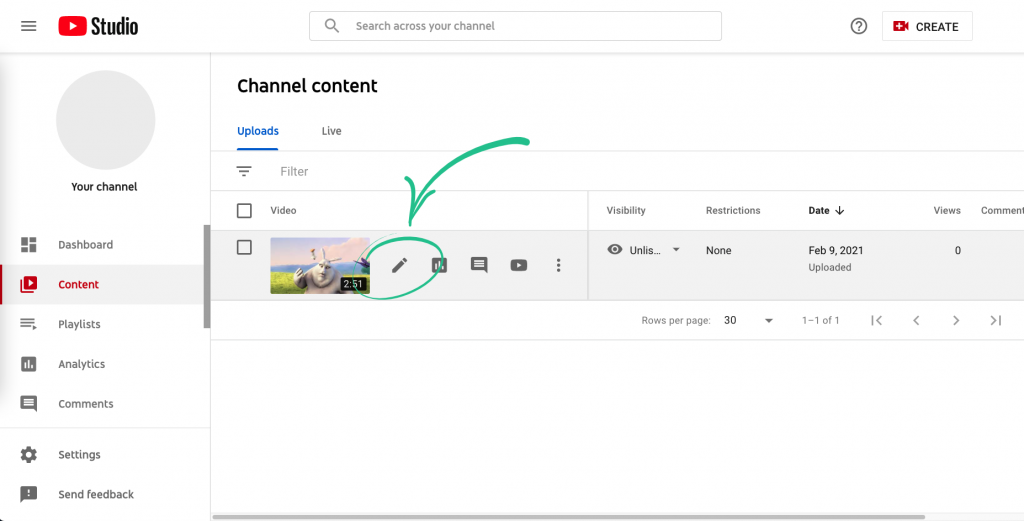

Yes, you can just call it “Joe’s First Video.” If you want to be more strategic and get more views right from the start, you’ll want to give this a little more thought. Sure, you can decide this stuff on the fly, but if you are taking your YouTube career seriously, you’ll want to be purposeful and strategic about your upload process, which means having already thought about this stuff.

Now take a look at this quick upload prep checklist. Okay, so you’ve got the video completed and it’s formatted just right for upload.

Bigger files or higher resolution videos require more bitrate to be conveyed. The video bitrate is basically how much data can be transferred all at once. Meaning, YouTube will help ensure people can still see your video, regardless of the player the viewer is using, without cropping or awkward stretching. Loading a video with a different aspect ratio will result in YouTube adding padding to ensure the video is displayed correctly. The aspect ratio should be 16:9, which is standard for desktops. The file types you can upload to YouTube include. Remember that compressing your video will reduce the file size and, when done correctly, also maintain the quality.
#How to upload a youtube video to your channel software
If your video is larger than 128GB, try compressing the video with your video-editing software prior to uploading. YouTube’s maximum upload size is 128GB or 12-hours. If your video is longer, then take a moment to get verified. Verified accounts can load longer videos. The default video length when uploading from any device is set to 15-minutes. Here’s what to know before uploading a video to YouTube. Before you hit that upload button, let’s just double-check all the specs and save yourself a little time.


 0 kommentar(er)
0 kommentar(er)
